READY TO GET STARTED?
REQUEST A FREE ESTIMATE
Fill out the form below or call (888) 466-7849 for a free, no-obligation estimate.
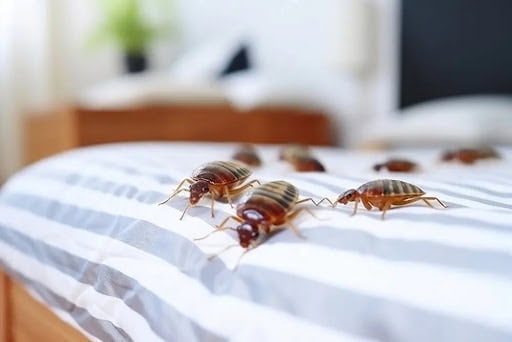
Bed bugs—the very mention of them is enough to make any homeowner uneasy. These tiny, elusive pests can invade even the cleanest of homes, causing itchy bites, restless nights, and a lot of frustration. But how can you keep your home pest-free while ensuring effective bed bug control? This guide covers proven methods to manage infestations and prevent future issues, giving you the tools and knowledge to protect your home and family.
Miami’s warm temperatures and bustling travel industry make the city more prone to bed bug infestations. Bed bugs thrive in heat, and with so many people traveling to and from the city, these pests can hitch rides on luggage, furniture, and even clothing.
Furthermore, as bed bugs are nocturnal and excellent at hiding in nooks and crannies, they can remain undetected until they’ve established a full infestation. If not effectively managed, the problem can worsen, affecting your quality of life and requiring costly interventions.
Spotting bed bugs early can save you a lot of trouble. Here are the key signs to watch out for in your Miami home:
Bed bug bites often appear as small, red welts on the skin, typically clustered in lines or groups. Bites may be itchy, but some individuals show no reaction at all.
Look for rust-colored spots on bedding, mattresses, or upholstery. These stains occur from crushed bed bugs or their excrement.
Bed bugs shed their exoskeletons as they grow. You might notice tiny, pale shells or eggs (about the size of a pinhead).
In severe infestations, an unpleasant, musty smell—caused by bed bugs’ scent glands—may be noticeable.
Lastly, you might spot one moving around areas where people sleep or relax. Adult bed bugs are about the size of an apple seed, reddish-brown, and oval-shaped.
Once you’ve identified a bed bug problem, it’s time to take action.
Essential oils like tea tree oil and lavender have some insecticidal properties, making them a mild deterrent. While not strong enough to eradicate infestations, they can complement other treatments.
Encasing mattresses and box springs in bedbug-proof covers traps existing bed bugs inside and prevents future infestations in those areas.
Effective bed bug control doesn’t stop at treatment—preventive measures are just as important. Incorporate these strategies into your routine to keep your home infestation-free:
Inspect your bedding, furniture, and luggage for signs of bed bugs, especially after traveling or hosting guests.
Be cautious with second-hand furniture. Inspect all items thoroughly before bringing them into your home.
Reducing clutter eliminates hiding spots for bed bugs and makes cleaning more efficient.
Wash bedding, curtains, and clothing in hot water and dry on high heat to remove ny hidden bugs.
When staying in hotels or vacation rentals, inspect the mattress seams and avoid placing luggage on the bed. After traveling, immediately launder and dry your clothing.
Dealing with a bed bug infestation can be stressful, but choosing the right treatment ensures your Miami home is protected. Effective bed bug control focuses on proven methods that eliminate infestations and provide long-term relief. Consult with a local pest control professional to ensure safe and thorough treatment tailored to your home and family’s needs.
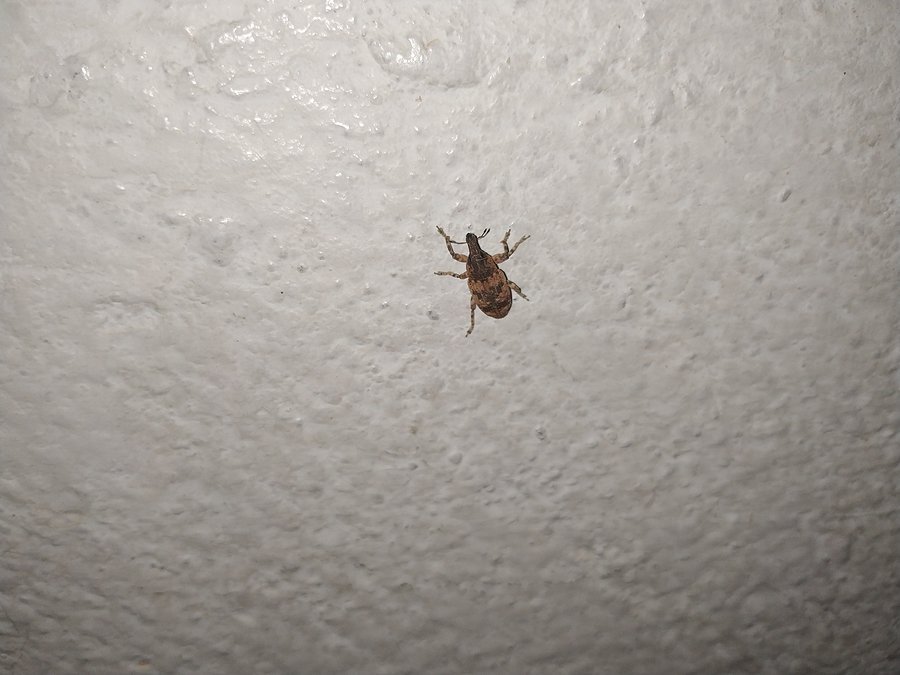
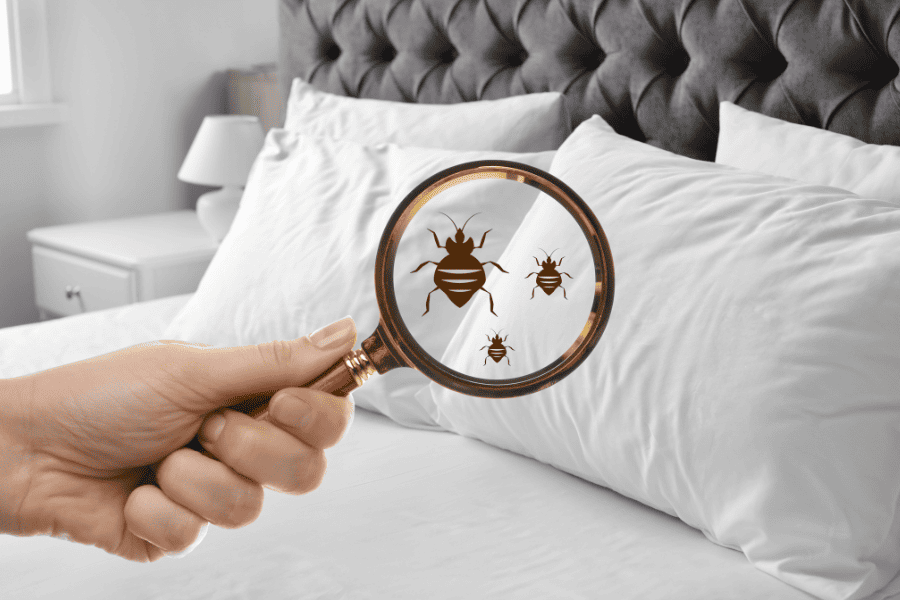
Understanding what bed bugs are and how they can find their way into your home is the first step in preventing their unwelcome presence. Let’s go over how to properly identify bed bugs and the many ways they can make their way into your home.
Bed bugs are small, parasitic insects that primarily feed on the blood of humans and animals. The reddish-brown, oval-shaped creatures are about the size and apple seed when fully grown. Bed bugs are expert hiders, which makes identifying bed bugs challenging until an infestation is underway.
Preventing a bed bug infestation begins with awareness. Here are some steps you can take:
Understanding how to identify bed bugs and how they can enter your home is the first step to keeping these pests away. If you suspect you have bed bugs, reach out to your local pest control company for an inspection and plan of action!
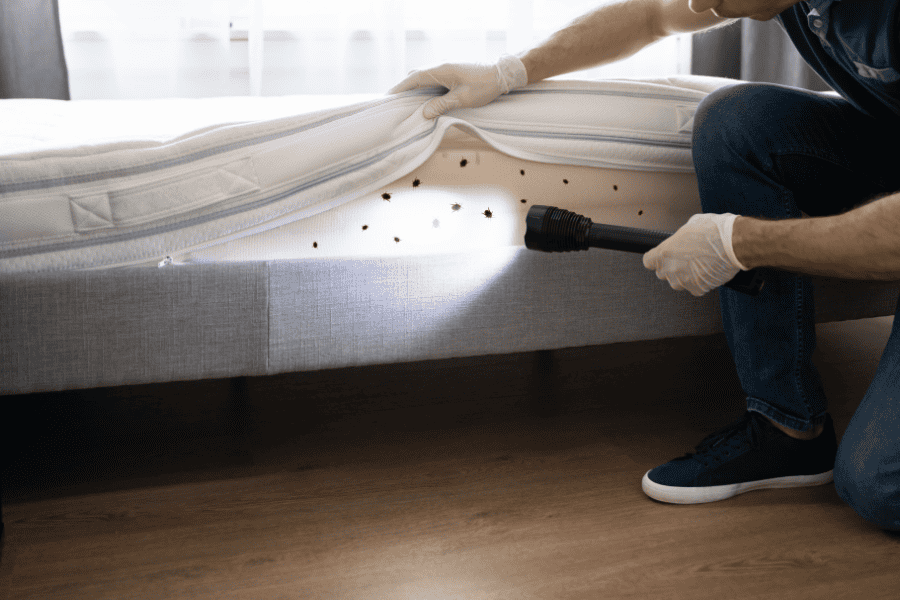
Bed bugs are the unwelcome guests that can ruin your sleep and take over your home. These tiny, apple seed shaped insects can easily infest your home without warning by hitchhiking via your luggage or other personal belongings. To help you prevent bed bugs, let’s go over the common signs of bed bugs and how to effectively manage them as pests.
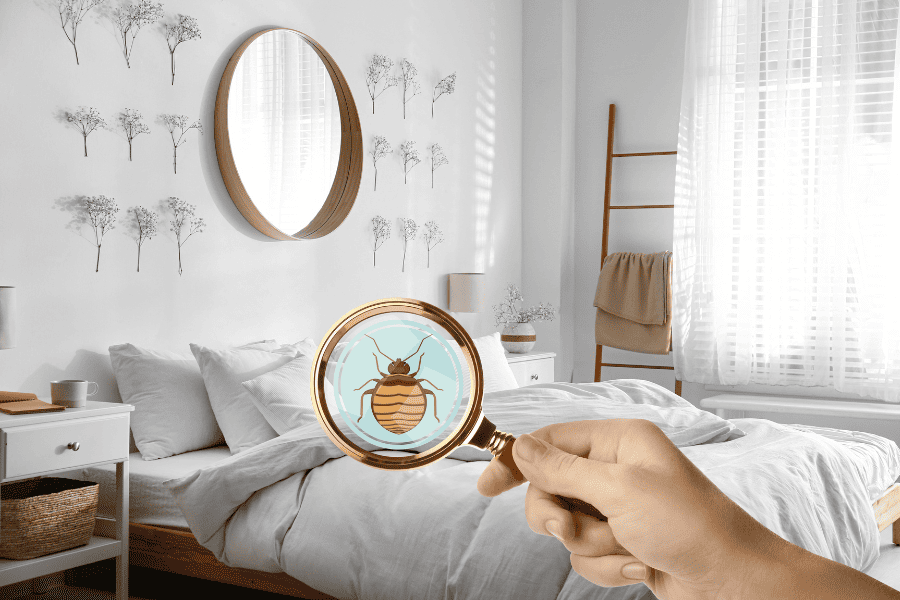
The holidays are quickly approaching, so we can all expect to see even more travel occur throughout the United States. While traveling can be stressful, it’s nothing compared to returning home and discovering you’ve brought bed bugs with you! We breakdown how you can eliminate the potential for bed bugs while traveling.
Bed bugs are found in many locations, including Airbnb’s, hotels, public transportation, public places, and even friends or family homes. It’s best to be mindful of where you place your belongings while traveling.
If you think you have brought bed bugs home with you from your travels, give your local Tennessee bed bug experts a call today for a personalized bed bug control plan and a free inspection!